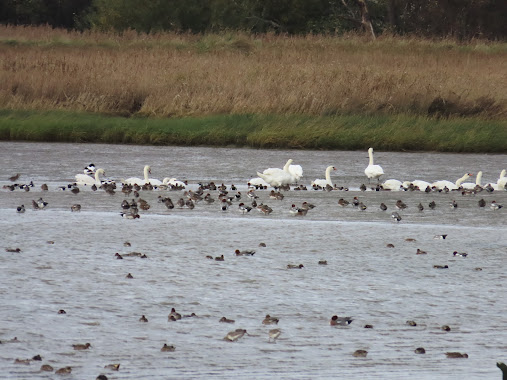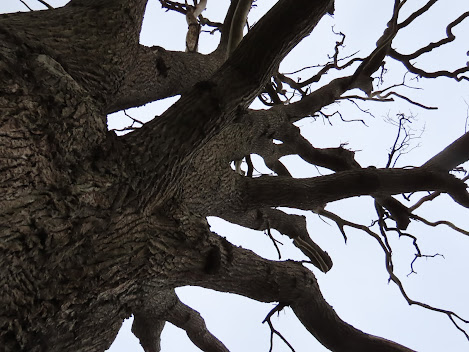Having missed last winter through the pandemic lockdown, this time round I was on the lookout for some wintering specialists. One of those wintering birds was the SNOW BUNTING, a lovely white and brown coloured bird that spends its shorter days on the beaches of Suffolk. So in preparation I've been checking the birding websites, finding out where the birds have been recorded, and preparing a visit. One of those sites was Landguard, so a trip down to the Point was in order, to catch up with these delightful birds.
I wish this story had a happy ending, but as is the case of nature watching, things can't be relied on, and, just like at Dingle Marshes last week I dipped on seeing those charismatic little birds. However it wasn't all bad news as I got to see some interesting birds and I always enjoy going to Landguard, there's always a sense of dynamism at the site, I don't know why there just is.
Being early winter it was fairly quiet bird-wise at Landguard, the Autumn migration that the site specialises in is now but a fading memory. Today, most of the birds seen today were seen around the periphery of the site. The scattered bushes and open grassland that make up the heart of the reserve were fairly empty. By the café that looks over the docks a GUILLEMOT was on the river. Despite breeding in large numbers up north, they are quite scarce in Suffolk, so this was a nice find. Further south down the Point, where the river meets the sea, on the very end of the site is a disused jetty, which is gradually rotting away into the sea. On there was a PURPLE SNADPIPER, a greyish bird which at a pinch looks a faded purple colour, Landguard is the best place in southern Suffolk to see this bird.
Landguard is the site where I saw my first MEDITTERANEAN GULL, back in the days when it was still a scarce bird in Suffolk, not the locally common nester it is now. A bird winters in the area and today was found with the usual BLCAK HEADS scrounging around the car park for some left over scraps from the many people eating in their cars. Med Gulls lack the black wing tips that Black Heads have, as well as more subtle variations making them a good bird for those new to birding to test their skills on.
As is usual with Landguard I saw a few birds, but the quality was good. A trip down in winter can feel quite bleak, cold, windswept and birdless, but it wasn't too bad today. However my quest to find some snow buntings still continues, and I just hope that on one, cold, winter's day I hope I may find a flock feeding on some desolate Suffolk beach.



































